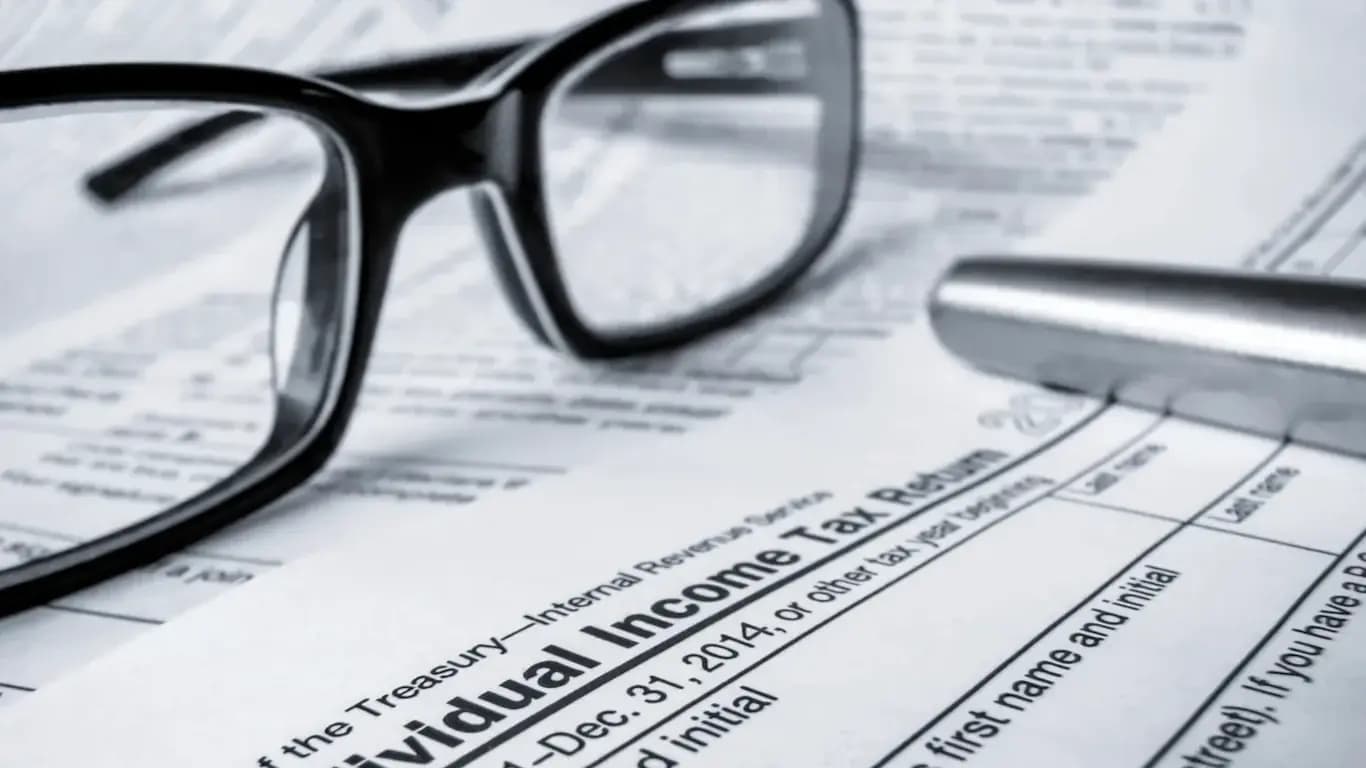
The Tax Relief Act of 1997: Why It Still Impacts Your Taxes in 2025
Your Takeaways:
- The 1997 Act introduced lasting tax benefits like the Child Tax Credit and home sale exclusion.
- Many of its provisions are still active in 2025 with updates.
- It shaped today’s tax system, especially for families, investors, and homeowners.
- Understanding its legacy can help you save during tax season.
What the Tax Relief Act of 1997 Means for You in 2025
Remember when DVDs were cutting-edge and "Titanic" ruled the box office? That was 1997—the same year the U.S. rolled out the Tax Relief Act of 1997. While a lot has changed since then (hello, streaming and smartphones), some of the tax perks from that year are still helping Americans save money in 2025.
Signed by President Bill Clinton, this historic tax reform introduced family-friendly tax credits, capital gains breaks, and new savings tools—many of which are still active in today's tax code.
So, is the Tax Relief Act of 1997 still relevant? In a word: totally.
In this article, we’ll break down what the 1997 tax law did, which provisions still apply in 2025, and how understanding its legacy can help you maximize your tax savings this year.
What Is the Tax Relief Act of 1997? A Quick Summary
The Tax Relief Act of 1997 was like the Swiss Army knife of tax laws—packed with new tools to make life easier for regular folks. President Bill Clinton signed it into law, and its goals are:
- Lighten the tax load for families
- Reward people for saving and investing
- Help more folks buy homes and afford education
These tax changes were among the most family-friendly and forward-looking reforms of their time.
Basically, it was designed to put a little more money back in your pocket—and for a lot of us, it still does.

5 Tax Benefits from the 1997 Act That Still Save You Money Today
Let’s take a look at some of the Act’s biggest hits and why they still deserve a standing ovation.
Many of the Act’s core benefits remain relevant and continue to save taxpayers thousands, particularly for families, investors, and homeowners.
Child Tax Credit
This was the first time the federal government said, “Hey parents, raising kids is expensive—here’s a break.” The credit started at $400 per kid. Now? It’s up to $2,000.
Why it’s still awesome:
- Built the foundation for the modern child tax credit
- Still a game-changer for families during tax season
👉 IRS Child Tax Credit Overview
Capital Gains Tax Rates
The Act lowered capital gains taxes, giving investors a reason to smile.
Why it matters today:
- The Act reduced the maximum rate on long-term capital gains and reinforced income-based tiers, setting the stage for today's 0%, 15%, and 20% brackets.
Home Sale Exclusion
Thinking of selling your house? Thanks to the 1997 Act, you can pocket a hefty profit—tax-free.
Here’s the deal:
- You can exclude up to $250K in gains if you’re single, $500K if you’re married
- That rule still stands in 2025
👉 IRS Topic No. 701: Sale of Your Home
Education Savings (Coverdell ESAs)
The Act introduced Education IRAs, now known as Coverdell ESAs. These accounts let you save for school expenses and skip the taxes on the gains.
Still relevant because:
- They were the first step toward tax-free education savings
- While 529 plans are now more popular, Coverdell ESAs remain useful for K–12 expenses and specific private education costs.
👉 IRS Coverdell ESA Information
Retirement Accounts
The Act made it easier for lower-income folks to start saving for retirement—and reap the tax benefits.
Why it’s still a win:
- Helped pave the way for today’s IRA options
- Encouraged a culture of saving for the future
1997 vs 2025: How the Tax System Has Evolved
The Tax Relief Act of 1997 set the stage for a lot of what we still see in tax law today.
Here's a side-by-side comparison showing how the original provisions compare to their 2025 counterparts:
Provision | 1997 | Present | What's Changed |
|---|---|---|---|
Child Tax Credit | ✅ | ✅ | Higher credit, expanded rules |
Capital Gains Tax Tiers | ✅ | ✅ | Income brackets updated |
Home Sale Exclusion | ✅ | ✅ | Same limits, still great |
Education IRAs (Coverdell ESAs) | ✅ | ✅ | 529s are more popular now |
IRA Expansion | ✅ | ✅ | Bigger contribution limits |
Why the Tax Relief Act of 1997 Still Impacts Your Wallet in 2025
Most tax laws come and go faster than the latest TikTok trend. But the Tax Relief Act of 1997? It stuck. Here’s why it still earns its keep:
- It made taxes more family-friendly
- It introduced ideas that are now core parts of the tax code
- It helped everyday people save more, invest smarter, and plan better
- Its education savings features led to innovations like the popular 529 college savings plan.
Despite its age, this tax law continues to influence how Americans save, invest, and plan.
Frequently Asked Questions About the Tax Relief Act of 1997
What was the main goal of the Tax Relief Act of 1997?
To help families save money by offering tax breaks for kids, education, homeownership, and retirement.
Is the child tax credit from 1997 still in effect?
Yep! It has grown significantly since then, but today's child tax credit is based on that original blueprint.
Do the home sale tax exclusions from 1997 still apply?
Absolutely. You can still keep up to $250K ($500K for couples) in profits from selling your home, tax-free.
Are Coverdell ESAs still useful today?
Yes. While 529 plans are more popular, Coverdell Education Savings Accounts (ESAs) are still used for private school tuition, tutoring, and other qualified education expenses.
How did the Act affect capital gains tax?
It introduced lower tax rates for long-term investments, and that tiered system remains in effect.
What is the Tax Relief Act of 1997 in simple terms?
It’s a federal tax law signed by President Clinton to reduce taxes for families, homebuyers, investors, and students—many of its provisions are still active today.
Need Help Applying These Tax Benefits?
Create a free account to explore how the Tax Relief Act of 1997 may still benefit you today. From the Child Tax Credit to home sale exclusions, our tools help you unlock savings and simplify your tax filing process.
Other Categories
See what some of the hundreds of thousands of satisfied customers have to say about our services:
See what some of the hundreds of thousands of satisfied customers have to say about our services:
Levi C.
VERY FAST
VERY FAST
I got approved within a couple of days for my tax extension filing through these guys, and they responded to my email the same day. Great customer service and fast results. Give them a shot.
LaMontica
Great Service!!
Great Service!!
This is the second year that I have used this service. Each time, the process was quick, easy, and efficient. I will definitely be using this service in the future and will recommend it to friends and family.
Chezbie
Fantastic Site!!
Fantastic Site!!
The process was so easy. I processed this extension in a matter of minutes! For you last-minute filers out there, come here. It'll help you end your long day in peace!
File your tax return today!
Get StartedFile your tax return today!


